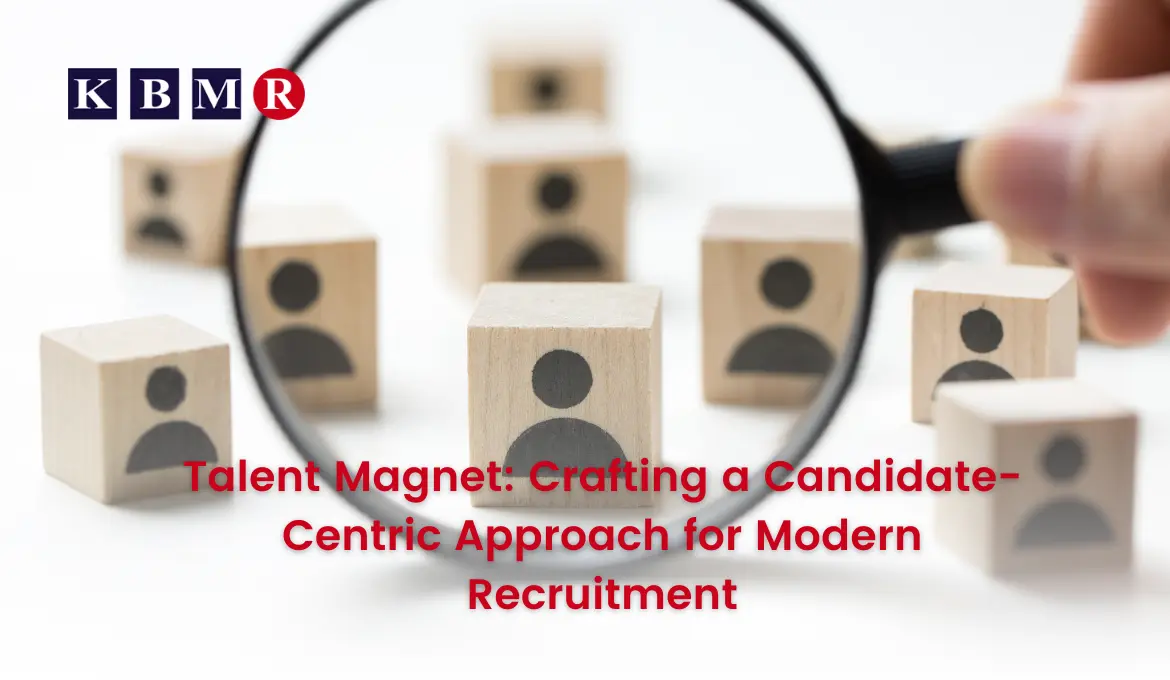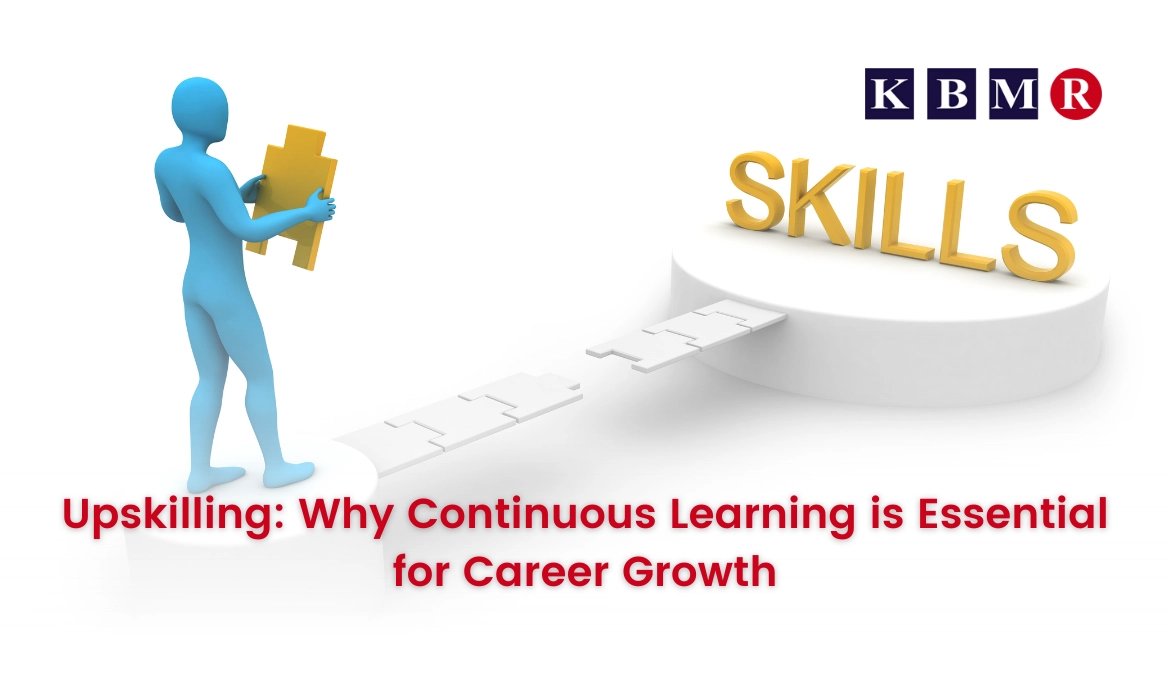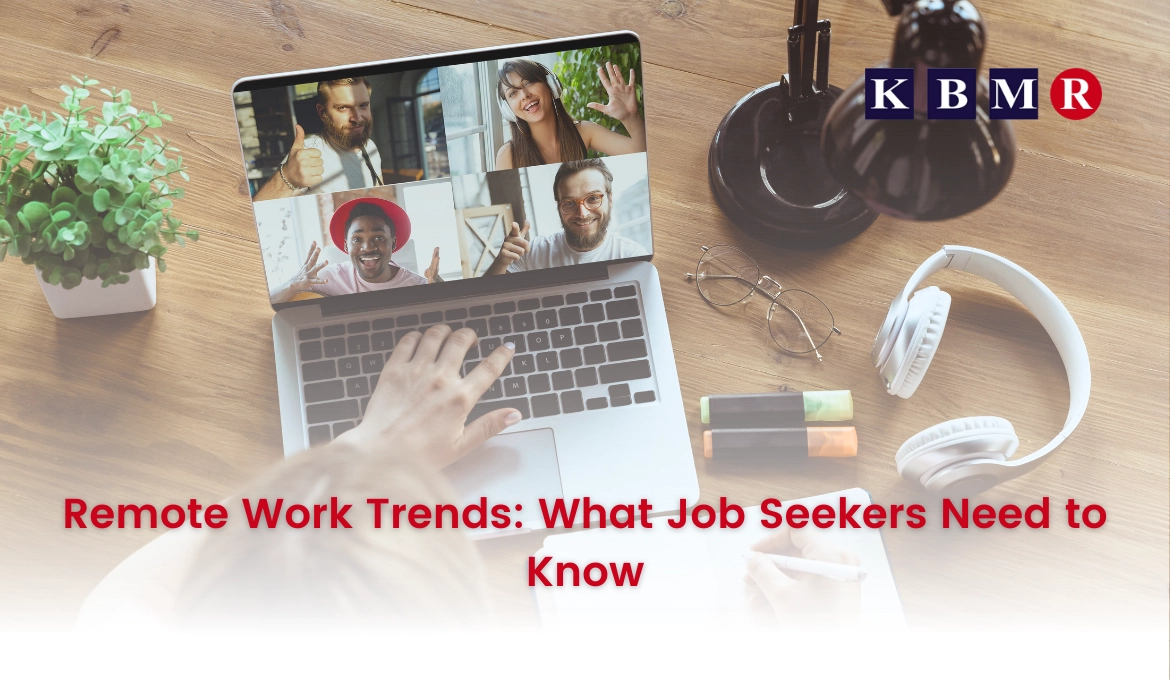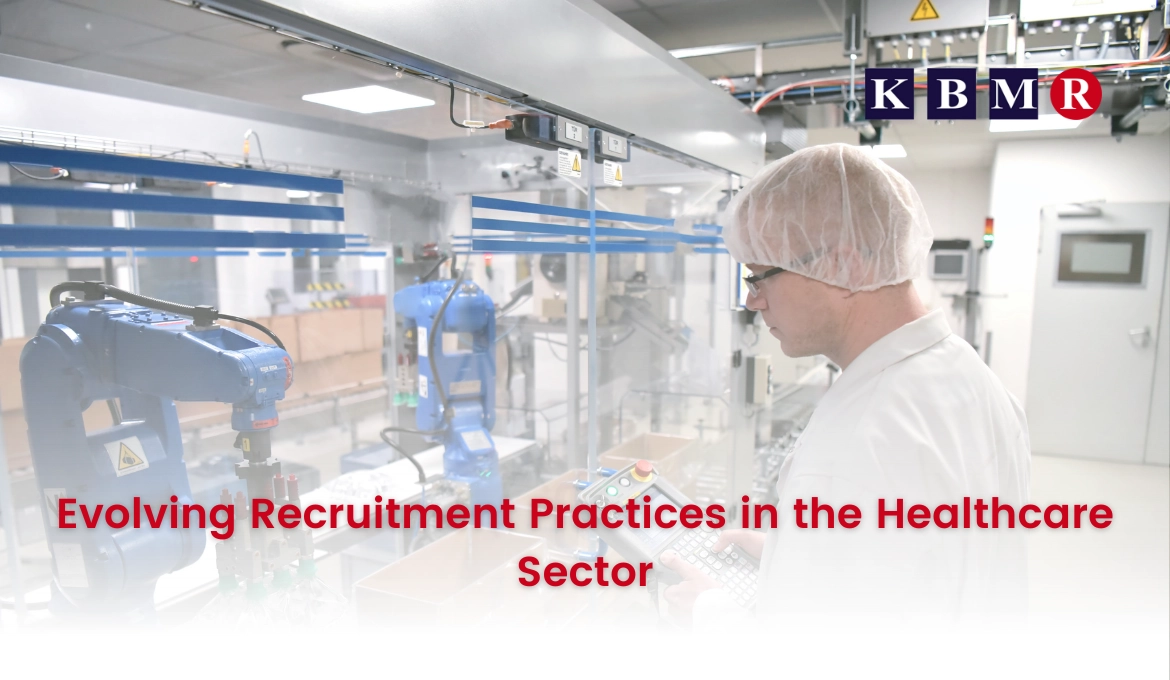Recruitment, as we once knew it, has undergone a significant transformation. Today, it's not just about employers selecting employees; it's a two-way street where top talent seeks the right employers. In the modern recruitment landscape, candidates have more choices and opportunities, and their preferences matter.
To succeed in this environment, recruiters need to craft a candidate-centric approach. This blog delves into what it means to be a talent magnet, offering insights and techniques to mobilise, attract, engage, and retain the best talent.
The Shift towards a Candidate-Centric Approach
Recruitment was traditionally an employer-driven process. However, with the advent of digital platforms and a competitive job market, the balance of power has shifted towards the candidates. To adapt, recruiters must understand the candidate's perspective, needs, and aspirations. Here's how to do it:
-
Effective Communication: Frequent, transparent, and respectful communication is critical. Candidates appreciate timely updates and feedback. Silence can leave a negative impression.
-
A Personalised Experience: Recruiters must tailor their approach to individual candidates. Generic, one-size-fits-all strategies are no longer effective.
-
Employer Branding: Candidates research potential employers, looking for companies that align with their values. A strong employer brand is an attractive magnet for top talent.
Building an Employer Brand that Attracts Talent
Creating an appealing employer brand is at the heart of being a talent magnet. A strong employer brand differentiates your organisation in the eyes of candidates. Here's how to craft an attractive brand:
-
Showcase Company Culture: Give candidates a glimpse into your company culture through social media, blogs, and employee testimonials. Highlight what makes your organisation unique.
-
Align with Values: Highlight your company's commitment to ethical practices, diversity, and corporate social responsibility. These factors resonate with candidates who seek meaningful work.
-
Employee Growth: Illustrate opportunities for professional development and career progression. Top candidates are interested in roles that enable growth.
Crafting a Seamless Application Process
The application process can be a candidate's first impression of your organisation. It's vital to make this experience smooth and user-friendly:
-
Mobile Optimisation: Optimise your application process for mobile users. Mobile job applications are on the rise, and candidates will quickly lose interest if the process is not mobile-friendly.
-
Simplify the Process: Ask for essential information first. Lengthy forms and excessive demands can deter candidates. Keep the process concise and user-friendly.
Active Engagement and Communication
Communication is a fundamental aspect of a candidate-centric approach:
-
Regular Updates: Keep contact with candidates throughout the recruitment process. A simple check-in can keep candidates engaged even if there are no immediate updates.
-
Realistic Expectations: Set clear expectations regarding the timeline of the recruitment process. Inform candidates about the stages and potential waiting periods.
Feedback and Continuous Improvement
Continuously refining the recruitment process to be a talent magnet based on candidate feedback and data. Here's how to do it:
-
Post-Interview feedback: Offer constructive feedback to candidates, even if they are not selected. This can leave a positive impression and encourage candidates to apply for future roles.
-
Data-Driven Insights: To get the best people for your team, you must use recruitment data to determine which places, websites, or ads work the best.
Tailoring the Interview Experience
Interviews are a critical juncture where candidates evaluate your organisation. Tailor the interview experience to be more candidate-centric:
-
Two-Way Conversations: Encourage candidates to raise questions about the role and organisation. It reflects an open, transparent atmosphere.
-
Focus on Cultural Fit: Assess the candidate's qualifications and fit within the company culture. Cultural alignment is a strong magnet for long-term employee satisfaction.
Onboarding as a Candidate-Centric Process
The candidate's experience should continue into the onboarding process. It's an opportunity to confirm the right choice and lay the base for a successful partnership:
-
A Warm Welcome: Create a welcoming onboarding experience with clear guidance and introductions to the team. Make the candidate feel valued and part of the organisation.
-
Clarify Expectations: Review job expectations, roles, and responsibilities. Ensure candidates' preparation for their roles, boosting their confidence and productivity.
Employee Feedback Loop
Implement an employee feedback system to understand the candidate's experience. It will provide insights to refine your recruitment process continually.
Retaining Talent
Being a talent magnet continues after recruitment. Retention is equally essential. Support your new hires in their career growth, and create a workplace where they want to stay and thrive.
Conclusion
Adopting a candidate-centric approach is a strategic advantage in the modern recruitment landscape. It attracts the best talent and fosters a positive employer brand. Recruiters must focus on effective communication, building a compelling employer brand, simplifying the application process, engaging candidates proactively, providing feedback, and creating a seamless onboarding experience.
By doing so, organisations can become talent magnets, reaping the benefits of a strong, engaged, and satisfied workforce.





